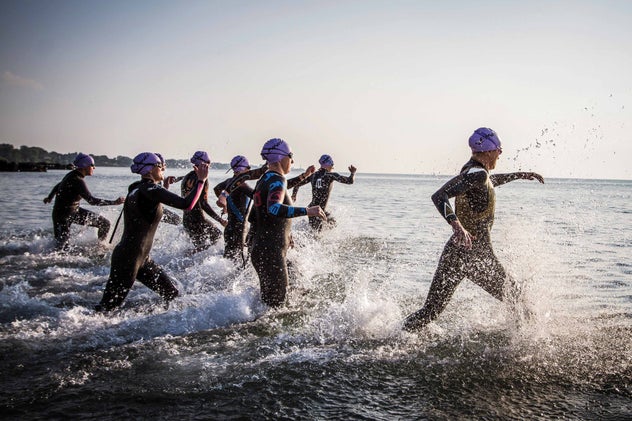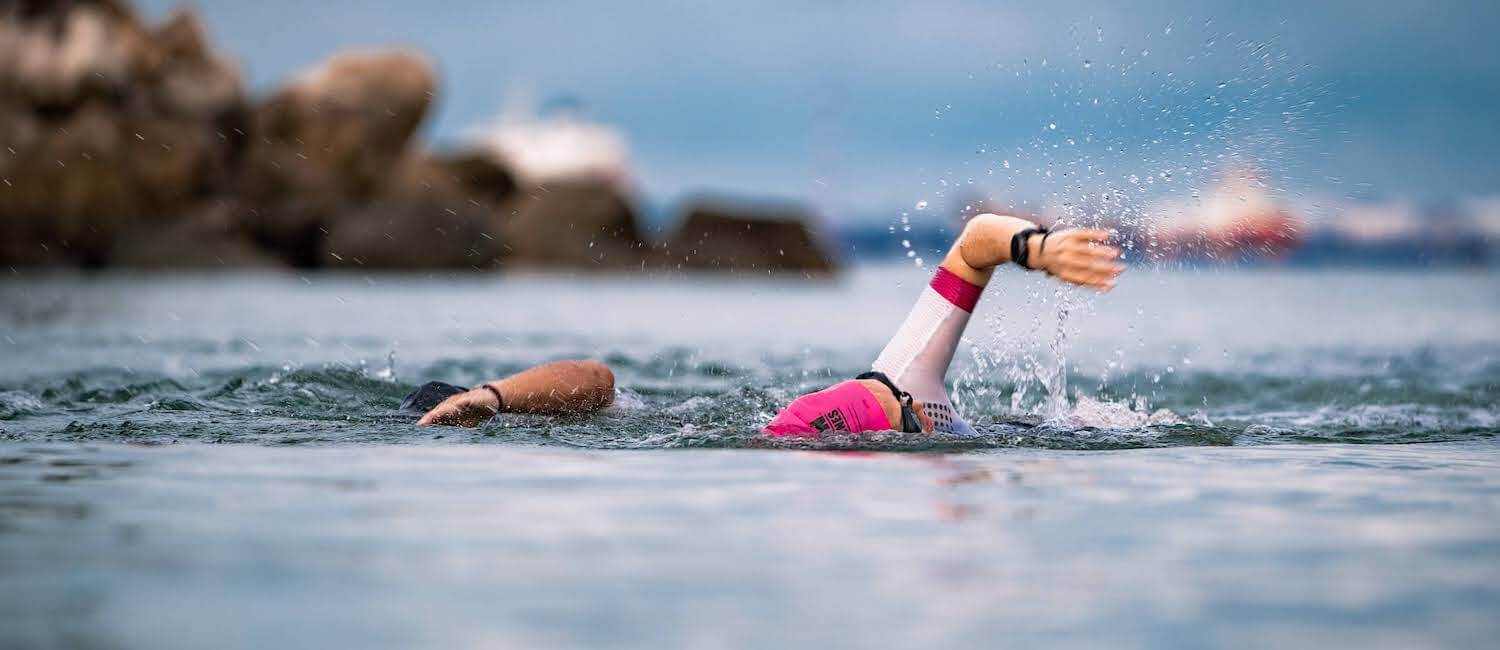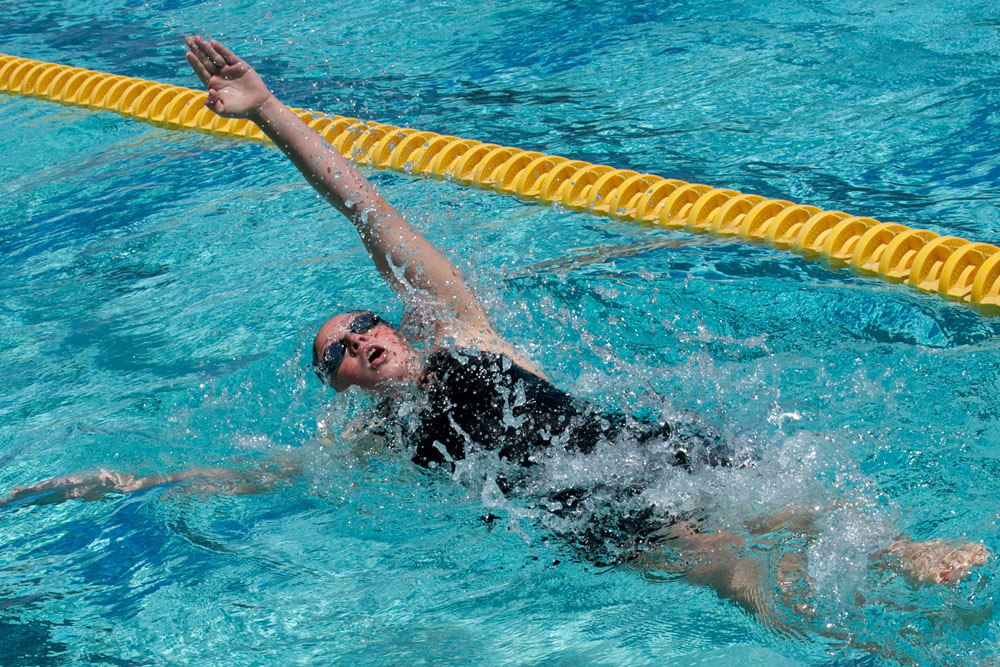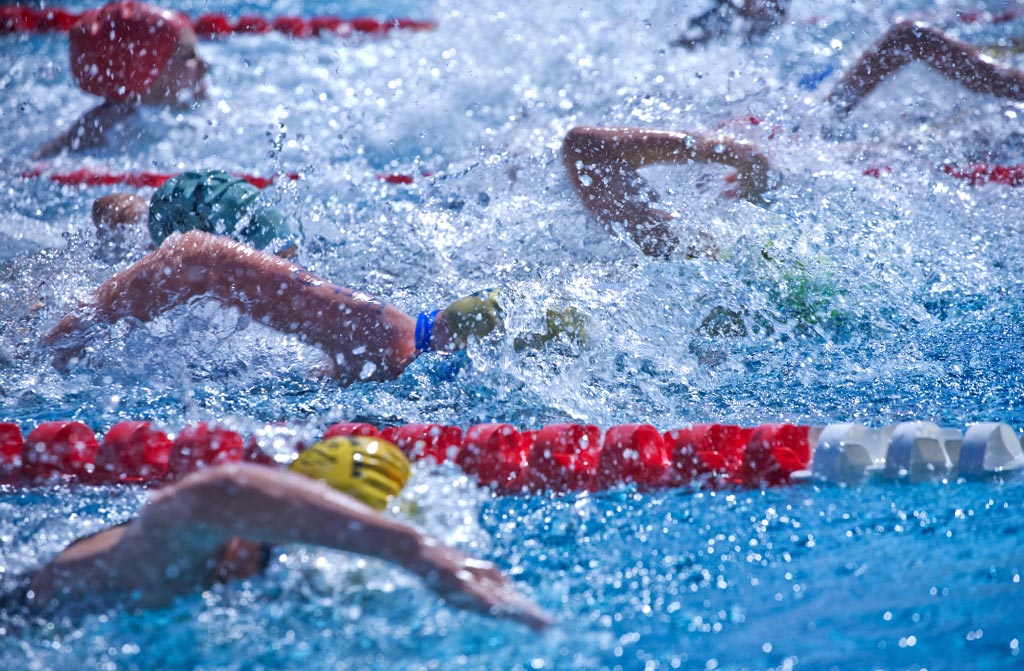Swimming in open water presents unique challenges that require specific techniques to navigate effectively. Whether you’re preparing for a triathlon or simply enjoying the thrill of open water swimming, mastering these techniques can enhance your performance and confidence. Here’s a comprehensive guide to help you conquer open-water challenges with the right swimming techniques.
Introduction to Open Water Swimming Techniques
Open water swimming differs significantly from pool swimming due to unpredictable conditions like currents, waves, and varying visibility. To excel in this environment, swimmers must adapt their techniques and strategies. Here’s how you can refine your skills to tackle open water challenges.

Essential Swimming Techniques for Open Water
-
Sighting and Navigation
One of the most crucial skills in open-water swimming is sighting. Lift your head slightly out of the water to look forward and navigate using fixed points like buoys or landmarks. Incorporate sighting into your breathing rhythm to maintain efficiency.
-
Drafting
Drafting involves swimming closely behind or beside another swimmer to reduce resistance and conserve energy. Position yourself strategically to benefit from the swimmer ahead without impeding their progress.
-
Bilateral Breathing
Practice breathing on both sides to enhance your adaptability in choppy waters or against the sun’s glare. Bilateral breathing improves balance and helps maintain a straighter swim path, crucial for long-distance swims.
-
Tactical Turns
In open water races or training, efficient turns are key. Master quick, tight turns around buoys to maintain momentum and minimize distance. Practice these turns in varying conditions to adapt to race-day scenarios.
-
Pacing Strategies
Unlike the controlled environment of a pool, open water conditions demand smart pacing. Start conservatively to settle into your rhythm and adjust pace based on conditions and competition.
Refining Your Technique
To refine your open-water swimming technique, focus on these key aspects:
- Body Position: Maintain a streamlined position with your body parallel to the water surface, reducing drag and enhancing efficiency.
- Kick Efficiency: Use a relaxed, steady kick to conserve energy. In open water, your legs primarily serve to stabilize rather than propel, so efficient kicking is essential.
- Sighting Practice: Regularly incorporate sighting drills into your training sessions to improve accuracy and reduce the need for corrective strokes.
- Open Water Simulation: Simulate race conditions in training by swimming in lakes, oceans, or designated open water areas to acclimate to variables like temperature and currents.
Overcoming Common Challenges
Open-water swimming can present challenges such as navigation errors, fatigue, and anxiety. Address these by:
- Building Mental Resilience: Practice visualization techniques to prepare for unpredictable conditions and boost confidence.
- Training Variety: Include interval training, long swims, and technique drills in your regimen to build endurance and adaptability.
- Safety Awareness: Always swim with a buddy or in supervised areas, and familiarize yourself with local water conditions and safety protocols.
Conclusion
Mastering swimming techniques for open water challenges requires dedication and strategic preparation. By honing your skills in sighting, drafting, and pacing, you can navigate any open-water environment with confidence. Incorporate these techniques into your training routine to elevate your performance and enjoy the exhilaration of open-water swimming to the fullest.
In summary, mastering swimming techniques for open water challenges enhances both your skill set and enjoyment of this dynamic sport. Whether you’re a seasoned competitor or new to open-water swimming, these techniques will help you thrive in any aquatic adventure.



